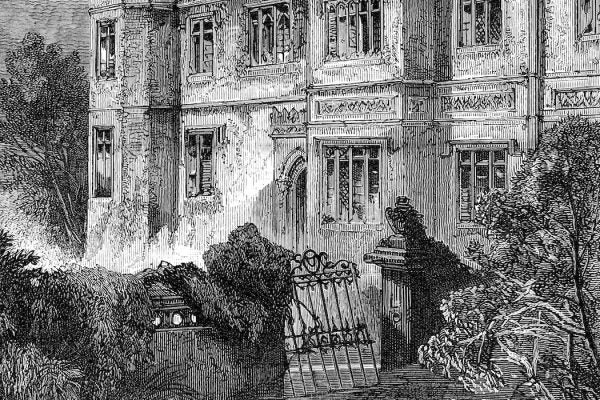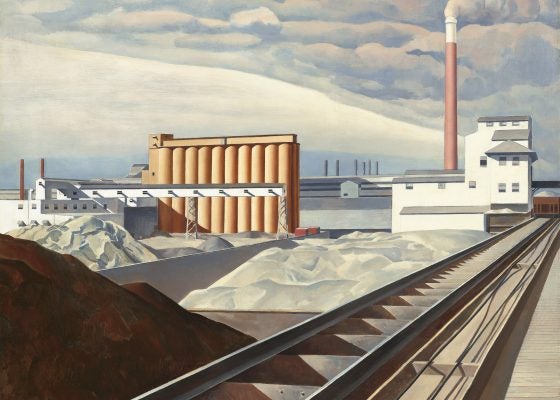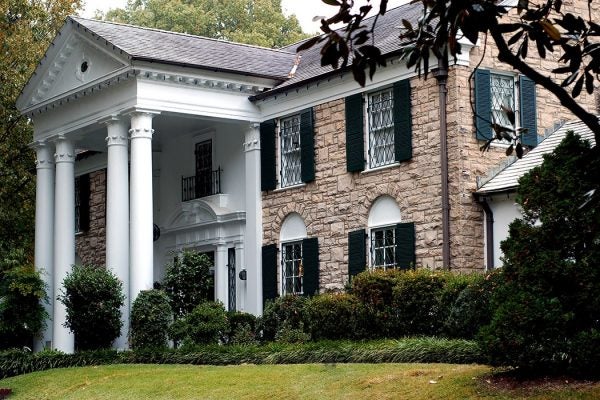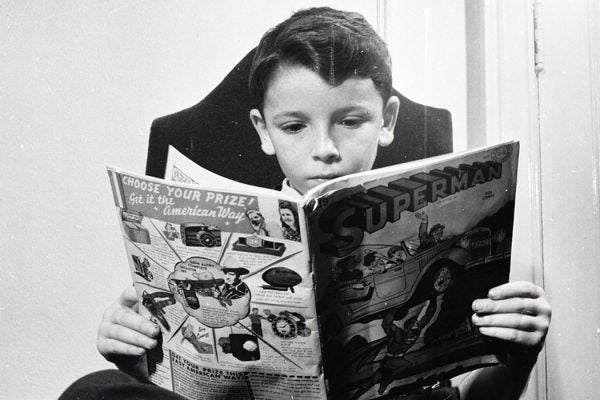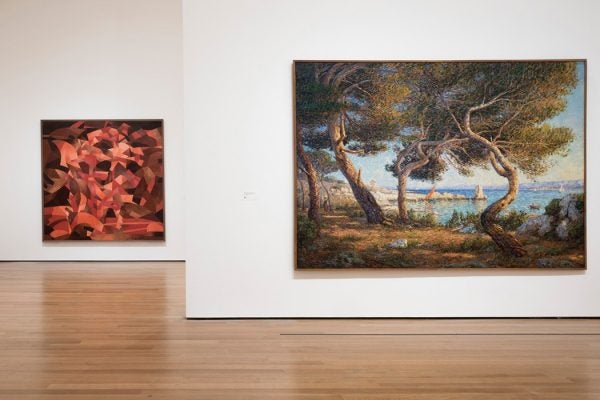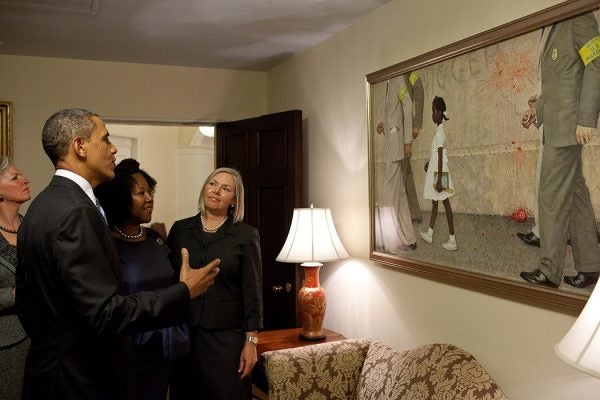How American Artists Have Portrayed Haiti
In the early 20th century, African American artists created work that expressed solidarity with Haiti--whether they had been there or not.
How Masks of Mutilated WWI Soldiers Haunted Postwar Culture
In the age before plastic surgery, masks were the best option for veterans with faces scarred by war. The end results, however, were somewhat uncanny.
How Victorian Mansions Became the Default Haunted House
Quick: Picture a haunted house. It's probably a Victorian mansion, right? Here's how these structures became signifiers of horror, haunting, and death.
The American Art Style that Idolized the Machine
Precisionism, a modernist art style that emerged in the early 20th century, glorified the machine age, all but erasing the presence of people.
Did North America’s Longest Painting Inspire Moby-Dick?
Herman Melville likely saw the panorama “Whaling Voyage,” which records the sinking of the whaler Essex, while staying in Boston in 1849.
Edward S. Curtis: Romance vs. Reality
In a famous 1910 photograph "In a Piegan Lodge," a small clock appears between two seated Native American men. In a later print, the clock is missing.
Was Graceland Elvis’s Greatest Aesthetic Masterpiece?
When you think of the aesthetic life of Elvis Presley, you probably think of the gaudy glitz of Graceland. But what did the tacky décor really mean?
Why Art Historians Still Ignore Comics
In recent history comic art has crossed boundaries to enter other mediums. So why aren't art historians paying more attention?
Francis Picabia’s Chameleonic Style
The Francis Picabia retrospective at MoMA is wowing museumgoers again with his ever-shifting, always challenging art.
Norman Rockwell: Provocative Artist or Predictable Hack?
While Norman Rockwell's paintings struck a chord with the mass American public, that was not always not the case with art critics.


